Oil Tank Storage Regulations For Businesses
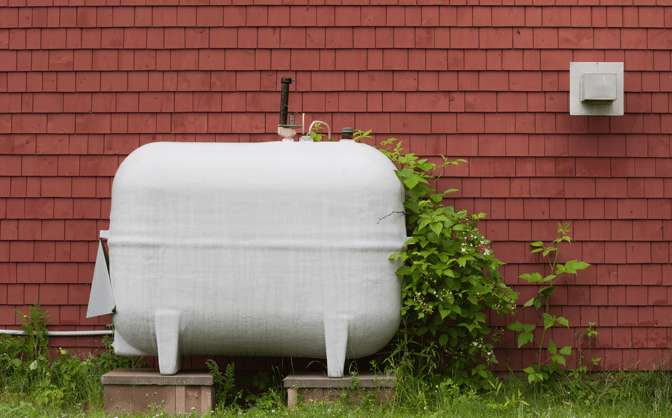
Oil tank storage regulations are there to protect users, properties and the environment, as well as protect the natural surroundings and wildlife from potential oil leaks.
However, different rules apply to different tanks and purposes, and if your oil tank doesn’t meet legal standards, it could result in fines, prosecution or an anti-pollution notice by the Environmental Agency. This article should be used as general guidance for commercial oil tanks. We’ll be focusing on the rules for England and Wales, but they may differ for Scotland and Ireland, as well as for underground, aboveground, internal or external oil tanks. We, therefore, recommend researching your specific requirements and reviewing Government guidelines.
Any oil tank storage with a capacity of 201+ litres (supplying offices, hospitals, schools, marinas etc.) or oil tanks containing 3,500 litres of oil (even domestic ones), are classed as commercial use. Basically, anything which isn’t being used for heating domestic premises or fuelling agricultural equipment.

Types Of Commercial Oil Tanks
Along with the above guidelines, the Government’s regulations also state a commercial oil container can consist of:
Fixed Oil Storage Tanks – made to British Standard 5410, or OFTEC standard OSTT100 for plastic containers, and OFTEC OFST200 or British Standard 799-5 for metal containers.
(IBCs) Intermediate Bulk Containers – these can be used to store or transport oil.
Oil Drums – these need to be marked with ‘UN’ for United Nations, to meet design standards.
Mobile Bowsers – portable oil tank containers for commercial use.
Generators – which are connected to supply tanks with 201+ litre capacity and used for emergency use, or daily use but not all the oil from the supply tank is used within 1 day.
Essential Secondary Containers
No matter which type of commercial oil container you choose, you must have a secondary containment to ensure any leaks are caught. This can either be:
- A bunded tank with an exterior, protective case. Fixed tanks must have this option.
- A drip tray underneath the container that can hold the capacity of the container or more.
Exempt Oil Storage Containers
There are some oil containers which are exempt from certain commercial regulations but may need to meet other local requirements such as fire and safety measurements. These include:
- Underground oil tanks
- Oil tanks located at refineries
- At premises for onward oil distribution
- Containers stored in a permanent building
The primary purpose of an oil tank is to safely store hazardous liquids. Where you place your container is an important step and you should also be considering the tank, pumps, valves and pipes. You need to ensure your entire heating system is:
- Away from staff and property
- On an approved base, with a drip tray to protect the environment from leaks
- Sheltered from the elements
- Accessible for deliveries and maintenance
- In an area with minimal damage from cars, turning trucks, forklifts etc.
- Secure from potential theft
Is Your Commercial Oil Tank Up To Regulations?
If you’re unsure whether your current commercial oil tank meets the above regulations, or perhaps you’re looking to replace or install a new oil tank and want to ensure you’re choosing the right container and location for your requirements, Get in touch with our friendly team who can provide expert recommendations to your queries. We provide a range of commercial oil tank services, for new installs, maintenance and decommissioning.
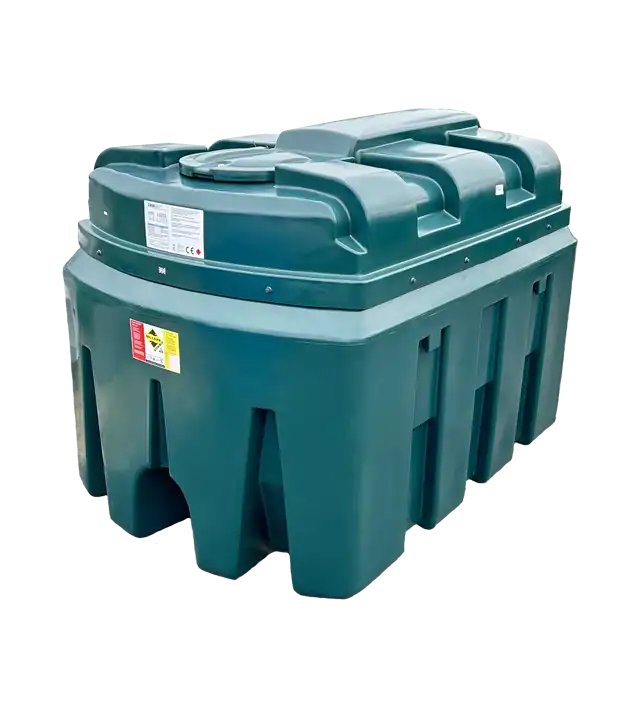
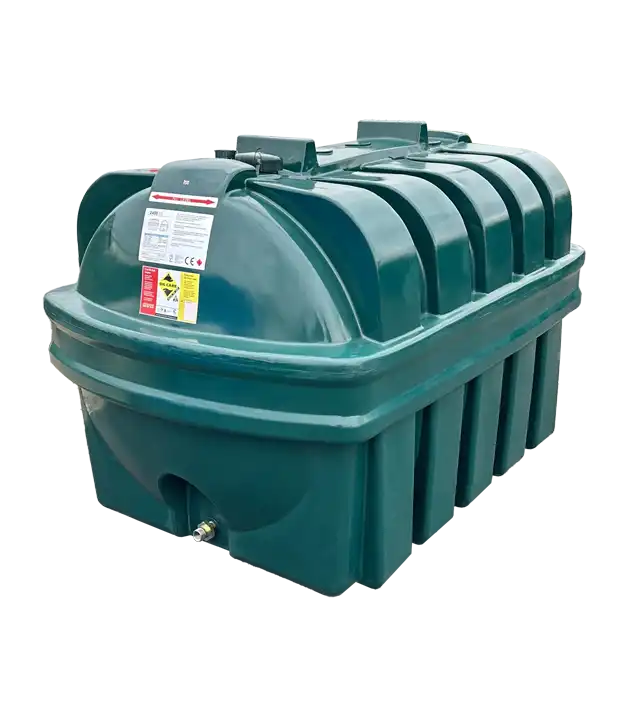

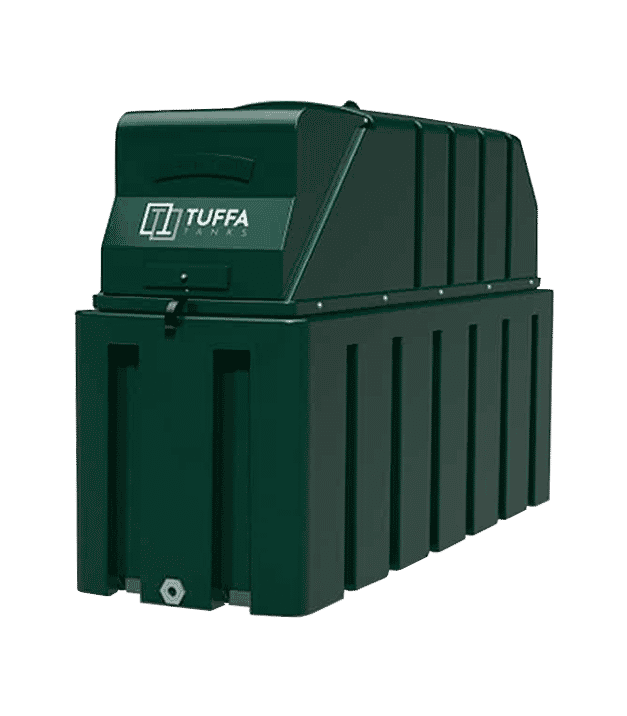
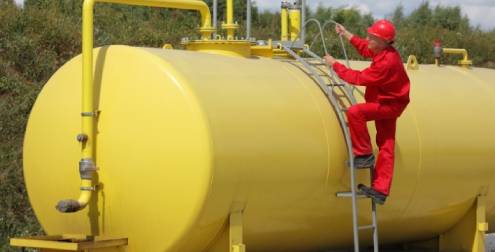
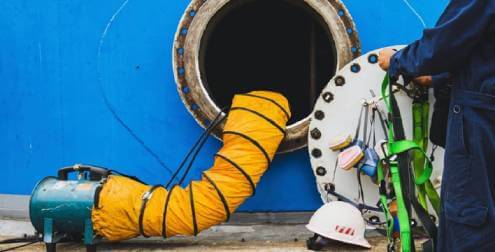


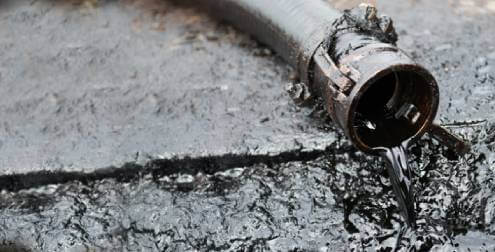
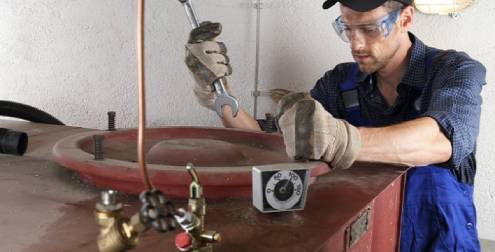

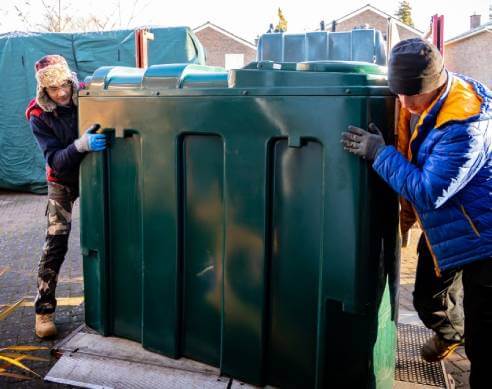
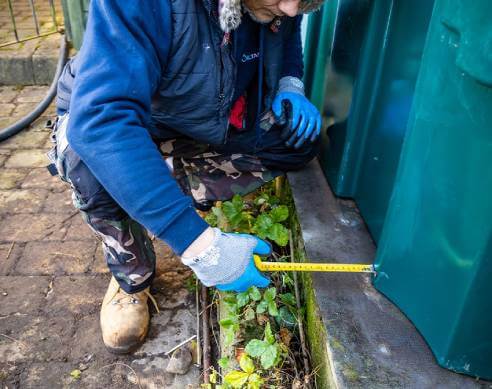


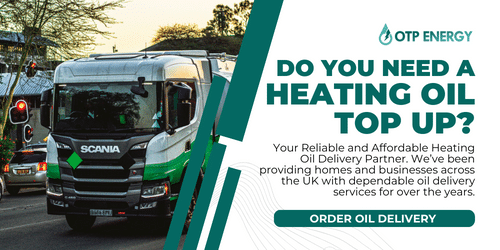
Share This: